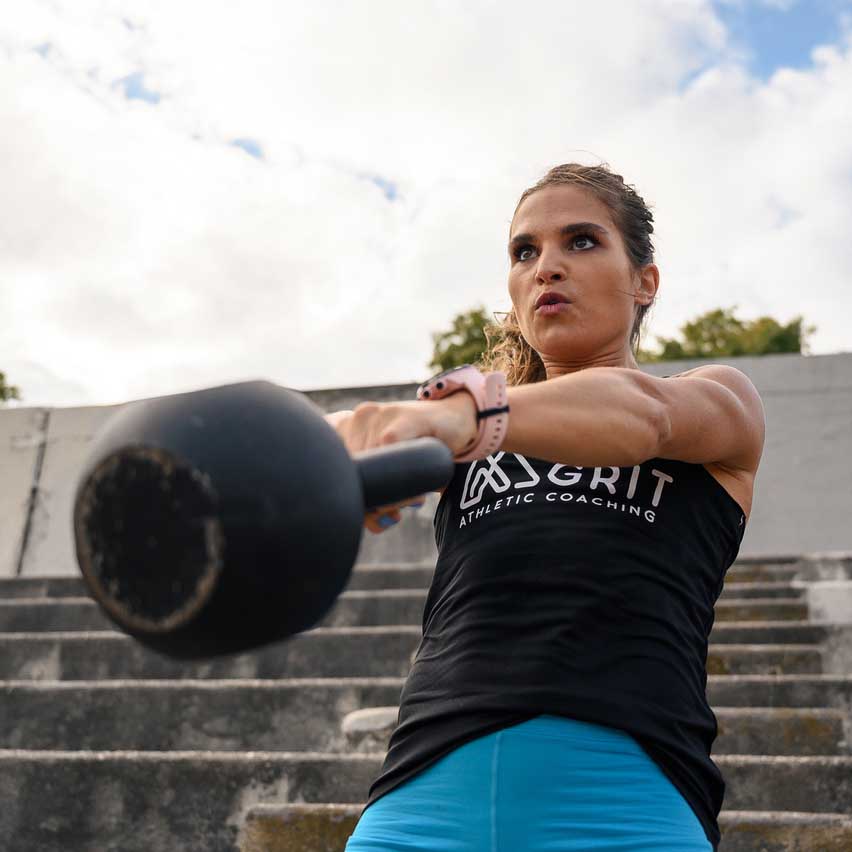Love these shoes! I am hoping we get more snow and ice this season just so that I can run more in these shoes.
Done 3-4 mile walks, hikes felt pretty comfortable. Also love the looks because of which I wear them Sometimes all day for daily wear
One of my best hiking boots
Very comfortable, nicely shaped to fit the feet perfectly. Love the looks
Used it twice for hiking so far, even for motorcycle rides and casual everyday wear. Love them. Can’t wait to buy Artix2
Traction is very good, however, the shoes started leaking water at the front of the shoes after one year of very occasional use, and the upper material is not breathable at all, so wet feet (from the leak) don't dry. Also, the shoes should use speed hooks instead of fixed hooks for the top two eyelets.


